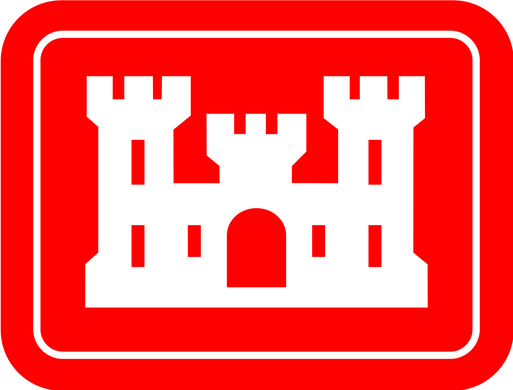Agency or authority
What this permitting pathway covers
Regional General Permit (RGP) 16 authorizes work or structures within navigable waters of the U.S. and/or the permanent or temporary discharge of fill material into waters of the U.S. for construction and maintenance activities associated with aquatic habitat restoration and enhancement activities within Army Corps Sacramento Regulatory Division boundaries.
Eligibility
Compensatory mitigation is not required for activities authorized under this RGP since these activities must be restoration or enhancement in nature, resulting in an overall net increase in aquatic resource functions and services. The conversion of waters from one type to another is authorized as long as there is an overall net increase in aquatic resource functions and services.
All activities authorized under this RGP must be restoration or enhancement in nature, resulting in an overall increase of aquatic functions and services. Activities resulting in a loss of aquatic functions and services, or requiring compensatory mitigation, are not authorized under this RGP. The permittee must justify that the proposed long-term benefits would outweigh any short term adverse effects.
Read RGP-16 for the full list of terms, general conditions, and preconstruction notification procedures.
Applicable locations
This RGP covers aquatic habitat restoration and enhancement activities in waters of the United States, subject to the authorities of the U.S. Army Corps of Engineers, Regulatory Program within the Sacramento District boundaries of California, Nevada, and Utah (see District map).
Permit documents
- Regional General Permit 16
- Sacramento District Regulatory Division Map
- USFWS Statewide Restoration PBO
- Central Valley NMFS PBO
- USFWS Letter of Concurrence
Expires on
August 14, 2029
How to apply
See details on Preconstruction Notification Procedures in RGP-16. You shall not begin any work in waters of the U.S. until notified by this office that the activity is authorized under this RGP, subject to the terms, General Conditions, and any added Special Conditions. Notification must be submitted through the Regulatory Request System (https://rrs.usace.army.mil) using the “Apply for a Permit” function and include all information identified below for each activity.
May be used with:
- CDFW Fisheries Restoration Grant Program (FRGP)
- USFWS Statewide Restoration Programmatic Biological Opinion (PBO)
- Central Valley NMFS Programmatic Biological Opinion (PBO)
- CDFW Restoration Management Permit (RMP)
Example projects
Activities covered
Typical activities to be authorized under this RGP include, but are not limited to, fish passage and screening improvements; bioengineered bank stabilization; engineering/designing with nature; nature-based solutions; water conservation; aquatic habitat restoration and enhancement of tidal and non-tidal streams, wetlands, and other waters; and removal of pilings, small dams, tide gates, flood gates, and other in-water structures.
Compensatory mitigation is not required for activities authorized under this RGP since these activities must be restoration or enhancement in nature, resulting in no net loss of aquatic resource functions and services.
The conversion of waters from one type to another is authorized as long as there is an overall no net loss of aquatic resource functions and services.
All activities authorized under this RGP must be restoration or enhancement in nature, resulting in no net loss of aquatic resource functions and services.
Exclusions
Activities resulting in a loss of aquatic resource functions and services, or requiring compensatory mitigation, are not authorized under this RGP. The permittee must demonstrate that the proposed long-term benefits would outweigh any short-term adverse effects.


